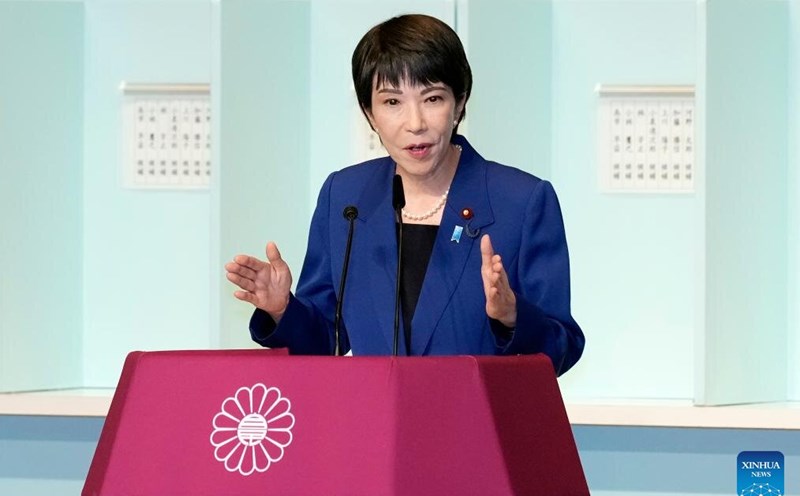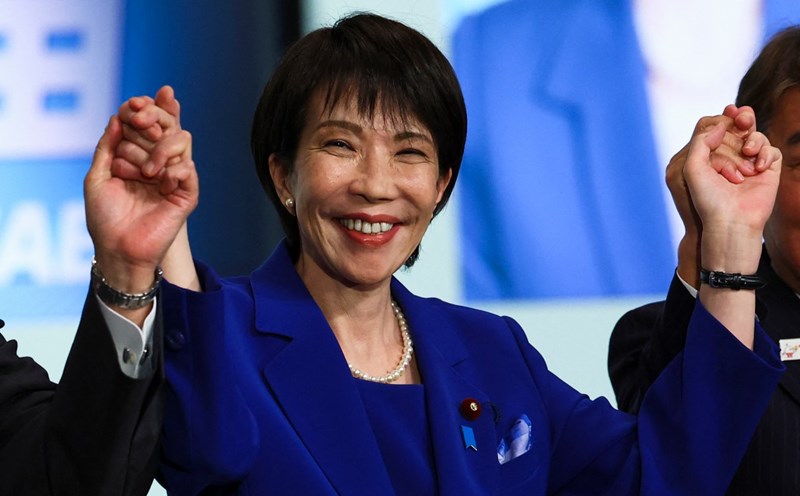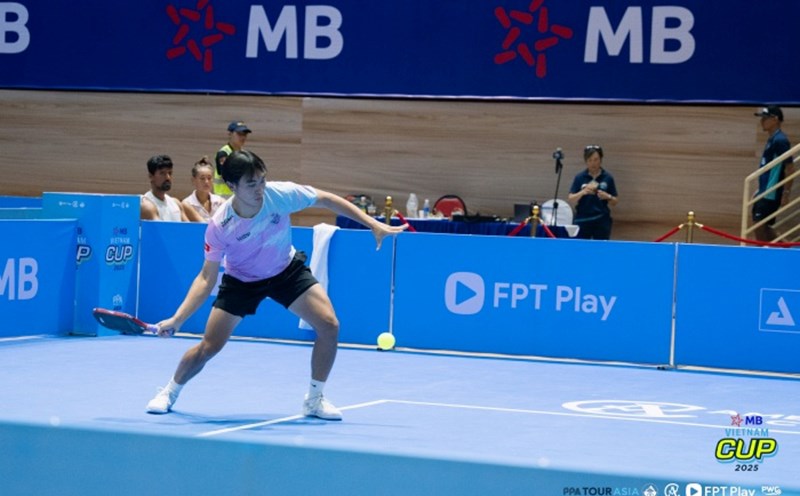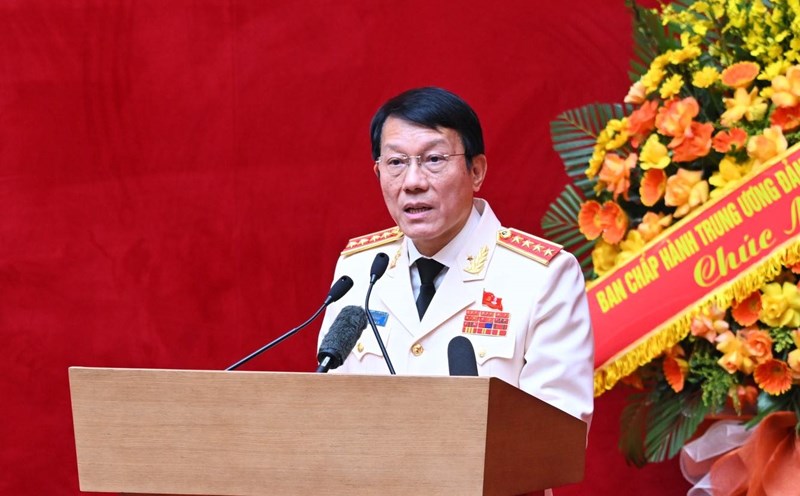Japan is about to have its first female prime minister after former Economic Security Minister Sanae Takaichi, 64, won the race to succeed Shigeru Ishiba.
Takaichi, a conservative student of the late Prime Minister Shinzo Abe, is likely to be appointed as the next Japanese Prime Minister when the National Assembly convene an extraordinary session, scheduled for October 15.
Although the ruling Liberal Democratic Party (LDP) and its Komeito alliance do not hold a majority in parliament, the next prime minister is likely to come from the LDP, as the opposition is divided, which means the parties cannot agree to take one of their parties to power.
Also on October 15, Mr. Ishiba's cabinet will resign, ending a short term.
Ms. Sanae Takaichi won her third term as head of the country, after two defeats in 2021 and 2024.
She beat 44-year-old Agricultural Minister Shinjiro Koizumi in the second round of voting after the first round failed to find a convincing winner.
Of the 342 votes in the second round of voting, Ms. Takaichi won 185 votes and Mr. Koizumi won 156 votes. There was 1 invalid union.
Other candidates in the race for the LDP leadership are Chief of the Department of the Treasury Yoshimasa Hayashi, 64, former Economic Security Minister Takayuki Kobayashi, 50; and former Secretary of StateHHimitsu Motegi, 69.
The race on October 4 stems from Ishiba's announcement on September 7 that he would resign to prevent party dividends.
Mr. Ishiba, sworn in on October 1, 2024, is leading the country in the context of the ruling coalition losing its majority in both houses of the National Assembly.
Takaichi will complete the remaining two years of Ishiba's three-year term as LDP chair. The next race for LDP leadership will be held in 2027.
The LDP has held a key position in Japanese politics for much of the post-war period since its inception in 1955; the party has always been a part of the ruling government, except for brief periods from 1993 to 1994 and from 2009 to 2012.
The October 4 election comes as the LDP has lost voters' support. Currently, 910,000 grassroots party members are only a fraction of the number of party members in the golden age, when the party had more than 5 million official party members.










